Anal Fistula and Abscess
Anal abscesses and fistulas are related conditions that involve infection and inflammation around the anal region.
Anal Abscess
An anal abscess is a painful, pus-filled cavity near your anus. It arises from an infected anal gland, which are tiny glands located in the anus that secrete mucus to lubricate stool passage. Bacteria can clog these glands, leading to infection and the formation of an abscess.
Symptoms of an Abscess
- Throbbing pain around the anus, often worse when sitting or having a bowel movement
- Redness, swelling, and warmth in the affected area
- Difficulty sitting or walking
- Fever and chills
Fistula
Sometimes, an untreated abscess bursts or is drained, leaving behind a tunnel-like connection between the infected gland and the skin near the anus. This tunnel is called an anal fistula. Up to 50% of people with an abscess develop a fistula.
Symptoms of a Fistula
- Persistent drainage of pus from an opening near the anus
- Recurring abscesses
- Pain around the anus, especially when sitting or having a bowel movement
- Itchiness or irritation around the anus
- Redness or swelling near the anus
Causes of Anal Fistula
- Untreated or improperly drained anal abscess
- Crohn’s disease or ulcerative colitis (inflammatory bowel diseases)
- Sexually transmitted infections (STIs)
- Trauma or injury to the anus
Treatment of Anal Abscess
- Incision and drainage under general anaesthetic
Treatment of Anal Fistula
Surgery is needed to cure anal fistula, sometimes this is performed over several stages. An examination under anaesthetic is necessary to identify the course of tract between the anus and the skin. The amount of anal sphincter involvement is also assessed at the same surgery.
The fistula tract may be treated in one of three ways according to its complexity and underlying cause. It is very important that your surgeon is familiar with all aspects of the disease and is skilled in the full range of available surgical techniques. Members of CSSANZ have these skills, and they are trained in the long-term support and follow-up of patients who have surgery for complex abscesses or anal fistulae.
- Fistulotomy: opens the length of the tract to the skin, allowing the open wound to heal slowly. Small amount of sphincter muscle is divided. This is an effective treatment for fistulas with minimal muscle involvement. Division of larger amount of sphincter muscle may result in some weakness of the muscle. Continence of a patient will depend on the anatomy of the fistula and the amount of intact sphincter after fistulotomy.
- Seton insertion and exchange: A seton is a loop of flexible material placed along the tract to maintain adequate drainage for a period of time. In patients with underlying inflammatory bowel disease (IBD), seton(s) may be needed for a longer period or exchanged at 4-8 weeks intervals, until the underlying IBD is under controlled
Fistula repair: This is a more complex operation where fistulotomy is not possible. Several techniques with variable success rates may be considered. These procedures are definitive in nature.
- MAF: an advancement flap is created from the rectum locally, like a trap door to close over the internal opening of the tract.
- LIFT: the skin above the fistula is opened up between the inner and the outer layers of the sphincter muscle and the fistula is tied off and divided.
- Laser closure: is a sphincter saving technique using a radial emitting laser fibre to obliterate the fistula, with closure of the internal opening.
- Anal plug: a plug made of collagen is inserted into the tract and secured in position. Tissue surrounding the plug grows into the collagen, thereby closing the defect permanently.

